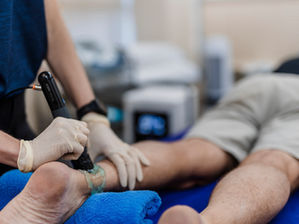Research shines a light on Lake Mac’s gliders
- May 8, 2020
- 2 min read

Tiny sugar gliders have moved into Lake Macquarie State Conservation Area in the latest sign the City’s ecosystems are thriving.
Funded by a Lake Macquarie City Council Environmental Research Grant, University of Technology Sydney PhD student Reannan Honey and a team of volunteers are tracking squirrel glider and sugar glider populations at more than 20 sites across the City.
Ms Honey uses regularly checked traps, microchips, motion-activated cameras and custom-made insulated nest boxes to track the animals.
“Understanding how the population changes based on various pressures such as bushfire and drought can help to conserve the population,” Ms Honey said.
“I’m also hoping to learn more about how they use the nest boxes – particularly the insulated ones I’ve installed.”
“One interesting thing is that sugar gliders have moved into Lake Macquarie SCA. Previously, I have only recorded squirrel gliders there.
”Sugar gliders are nocturnal, palm-sized marsupials that weigh only 120g-140g but can glide up to 50m from tree to tree, using a membrane of skin attached to their legs.
“Gliders are just incredible animals – so unique with their skin folds allowing them to glide between trees,” Ms Honey said.
“And they’re just so sweet and cute, at least when they’re not trying to bite you.”
Once caught, the gliders are weighed, checked for a microchip and released back onto the same tree.
Females also have their pouch checked for any young they might be carrying. Over time, the research paints a picture of glider numbers and their movement, and correlates this with external factors like climate and urban development.
Research sites include Morisset, Rathmines, Eleebana, Tingira Heights, Whitebridge and Dudley.
Council and other partner sponsors have provided more than 145 research grants since the introduction of the Environmental Research Grant program in 1987.
Lake Macquarie Mayor Kay Fraser said the grants facilitated research that helped reveal more about Lake Macquarie’s environment and the best ways to protect it into the future.
“They help Council develop appropriate land-use practices, plan remedial and preventative works and adjust our management strategies,” Cr Fraser said.
The latest round of Ms Honey’s field work is expected to continue until the end of May.
“The Council grant has made all this possible,” Ms Honey said.
“From purchasing nest boxes and insulation, to temperature loggers and microchip loggers, the work would not have been done without that support.”


























































